


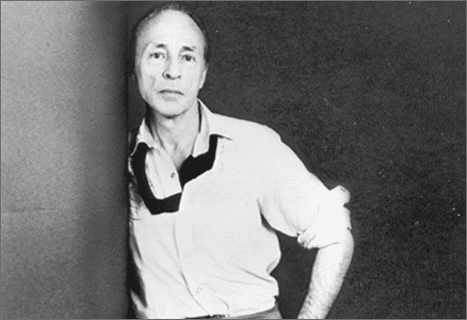
Choreographer
Born in St. Petersburg, Russia, George Balanchine (1904-1983) is regarded as the foremost contemporary choreographer in the world of ballet. Taking classicism as his base, Balanchine heightened, quickened, expanded, and revolutionized the look of classical ballet, which has had an inestimable influence on the growth of dance in America.
Balanchine came to the United States in late 1933, at the age of 29, accepting the invitation of the young American arts patron Lincoln Kirstein (1907-96), whose great passions included the dream of creating a ballet company in America. At Balanchine’s behest, Kirstein was also prepared to support the formation of an American academy of ballet that would eventually rival the long-established schools of Europe.
This was the School of American Ballet, founded in 1934, the first product of the Balanchine-Kirstein collaboration. Several ballet companies directed by the two were created and dissolved in the years that followed, while Balanchine found other outlets for his choreography. Eventually, with a performance on October 11, 1948, the New York City Ballet was born. Balanchine served as its ballet master and principal choreographer from 1948 until his death in 1983.
Balanchine’s more than 400 dance works include Serenade (1934), Concerto Barocco(1941), Le Palais de Cristal, later renamed Symphony in C (1947), Orpheus (1948), The Nutcracker (1954), Agon (1957), Symphony in Three Movements (1972), Stravinsky Violin Concerto (1972), Vienna Waltzes (1977), Ballo della Regina (1978), and Mozartiana (1981). His final ballet, a new version of Stravinsky’s Variations for Orchestra, was created in 1982.
He also choreographed for films, operas, revues, and musicals. Among his best-known dances for the stage is Slaughter on Tenth Avenue, originally created for Broadway’s On Your Toes (1936). The musical was later made into a movie.
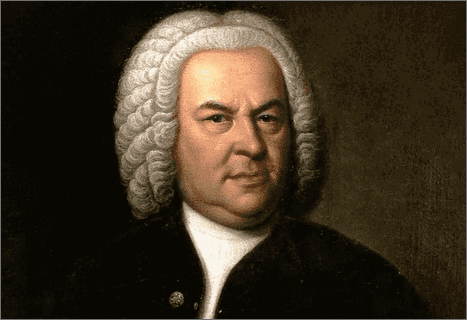
Composer
Johann Sebastian Bach (1685-1750) was a German composer, organist, harpsichordist, violist, and violinist of the Baroque Era. He was one of music’s most sublime creative geniuses.
Johann Sebastian Bach was born on March 21st 1685 in Eisenach, Germany. The young Bach was offered a choral scholarship to the prestigious St Michael’s School in 1699. 1703 saw Bach become the organist at St Boniface’s Church in Arnstadt – a role that saw him on a regular salary and expanding his skills at the keyboard.
Bach composed the cantata Gott ist mein König in 1708 – he was paid handsomely, and it helped him cement his early career. The Brandenburg Concertos were composed in 1721 as a sort-of musical job application for the Margrave Ludwig of Brandenburg – it was unsuccessful.
In his later years Bach faced harsh criticism. During the 1720s and 1730s when he was composing his most important works – the Passions and the Goldberg Variations among them – a new Italian style invaded Germany, making his work appear outdated.
The Well Tempered Clavier, a quintessential student text, was finished in 1744 and comprised two volumes of piano music in every musical key. With the notable exception of opera, Bach composed towering masterpieces in every major Baroque genre: sonatas, concertos, suites and cantatas, as well as innumerable keyboard, organ and choral works.
Bach died on July 28th 1750 in Leipzig. It is still disputed whether it was a botched eye operation or a stroke caused by pneumonia were to blame for his death. Bach’s popularity was decaying until 1829, when Mendelssohn performed the St Matthew Passion and rescued Bach from oblivion.

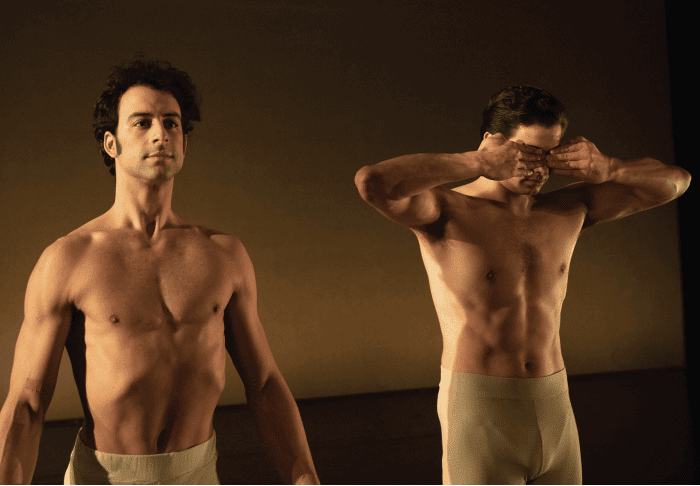
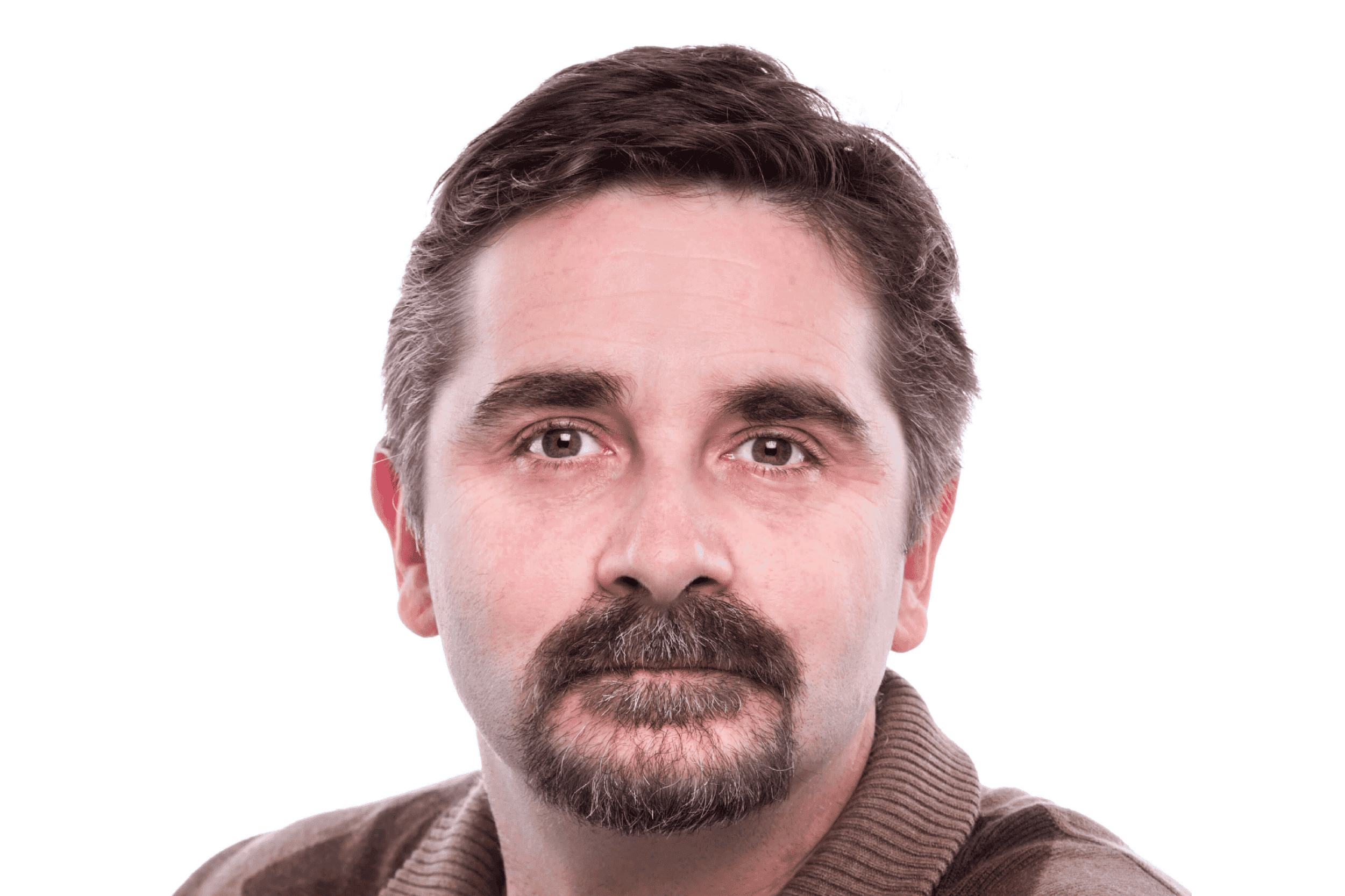
Choreographer
As Artistic Director of Houston Ballet, Stanton Welch AM has achieved worldwide renown as choreographer and ballet leader. He has created works for companies including Houston Ballet, San Francisco Ballet, American Ballet Theatre, The Australian Ballet, Birmingham Royal Ballet, and Royal Danish Ballet, including internationally acclaimed stagings of The Sleeping Beauty and Madame Butterfly.
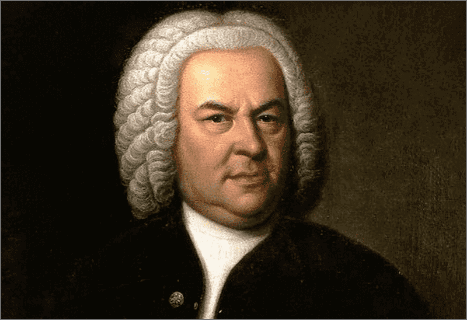
Composer
Johann Sebastian Bach (1685-1750) was a German composer, organist, harpsichordist, violist, and violinist of the Baroque Era. He was one of music’s most sublime creative geniuses.
Johann Sebastian Bach was born on March 21st 1685 in Eisenach, Germany. The young Bach was offered a choral scholarship to the prestigious St Michael’s School in 1699. 1703 saw Bach become the organist at St Boniface’s Church in Arnstadt – a role that saw him on a regular salary and expanding his skills at the keyboard.
Bach composed the cantata Gott ist mein König in 1708 – he was paid handsomely, and it helped him cement his early career. The Brandenburg Concertos were composed in 1721 as a sort-of musical job application for the Margrave Ludwig of Brandenburg – it was unsuccessful.
In his later years Bach faced harsh criticism. During the 1720s and 1730s when he was composing his most important works – the Passions and the Goldberg Variations among them – a new Italian style invaded Germany, making his work appear outdated.
The Well Tempered Clavier, a quintessential student text, was finished in 1744 and comprised two volumes of piano music in every musical key. With the notable exception of opera, Bach composed towering masterpieces in every major Baroque genre: sonatas, concertos, suites and cantatas, as well as innumerable keyboard, organ and choral works.
Bach died on July 28th 1750 in Leipzig. It is still disputed whether it was a botched eye operation or a stroke caused by pneumonia were to blame for his death. Bach’s popularity was decaying until 1829, when Mendelssohn performed the St Matthew Passion and rescued Bach from oblivion.

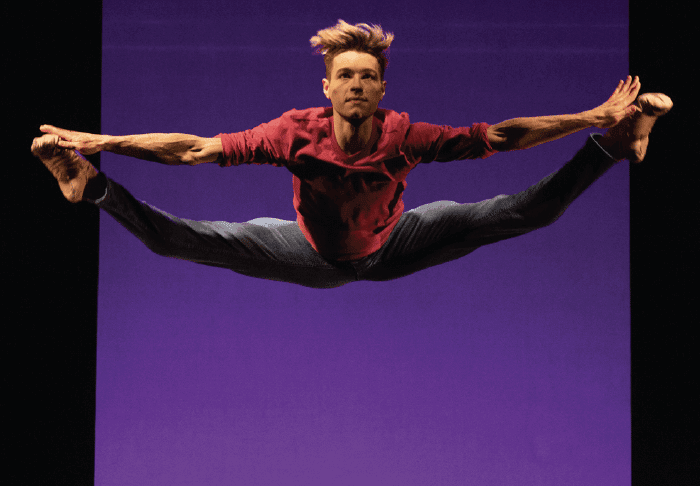
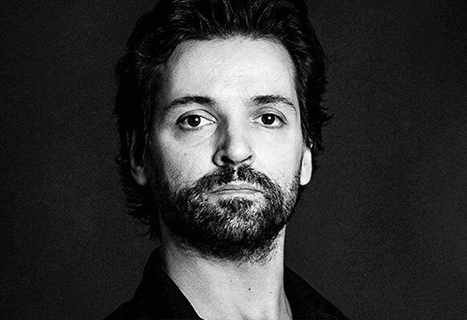
Choreographer
Angel Corella is regarded as one of the finest dancers of his generation. His talent, passion, and technique have brought him worldwide acclaim and established him as one of the most recognizable names in dance. Angel was appointed artistic director of Philadelphia Ballet beginning with our 2014/2015 season.
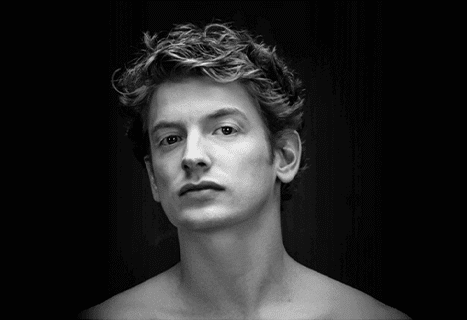
Choreographer
Russell Ducker began his training in 2000 at the Royal Ballet Lower School, White Lodge and graduated from the Royal Ballet Upper School, Covent Garden in 2007. In 2006, he won the Pamela Self Award for dance, as well as a bursary from the NFL foundation. While in school, Russell performed with the Royal Ballet in their productions of Swan Lake, Onegin, The Nutcracker (Fritz), as well as the Anthony Dowell Celebration Gala. Russell joined Philadelphia Ballet as a member of the corps de ballet for our 2014/2015 season and has since danced in a range of classical and contemporary works.
Prior to Philadelphia Ballet, Russell performed with Angel Corella and Friends. He later joined Angel Corella’s Barcelona Ballet, where he danced various soloist and principal roles and accompanied them in touring engagements to Houston, Los Angeles, New Orleans, New York, Santa Barbara, Seattle, Buenos Aires, Portugal, and France. Russell also choreographed several ballets for the company, many of which enjoyed international premieres. As a choreographer, Russell has received awards in the Dame Ninette De Valois, Sir Kenneth MacMillan, and Ursula Moreton choreographic competitions and was chosen in 2006 to collaborate with musicians from the Royal College of Music in creating a new choreography. Russell’s choreography with Barcelona Ballet includes Built to Fall Apart, Argon, Bourbon Street, The Fall, Suspended in Time, Epimetheus, and In the Wake of Bliss. Russell has been featured in numerous television commercials, including one with premiere league footballer Neymar da Silva, and he has performed alongside Hugh Jackman and Maureen Lipman in Cameron Mackintosh’s West End production of Oklahoma.
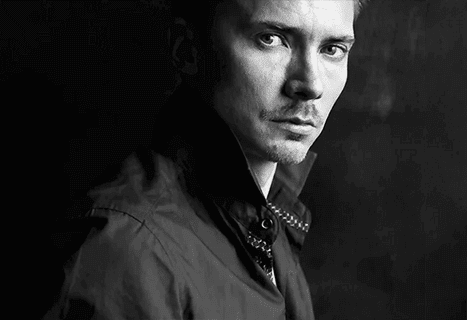
Choreographer
Kirill Radev was born in 1981 in Russia. In 1991 began his dance training at the Russian Ballet Academy of A.Vaganova. He joined the Imperial Russian Ballet in 1999 as a soloist, rising to the rank of principal dancer in 2003. In 2008, Radev joined (Corella Ballet) Barcelona Ballet as a Soloist, with Angel Corella as a director.
He finished the career at Moscow State Academy of Choreography getting the certificate as a choreographer, in 2010. Radev’s awards include: The Grand Prix at the 7-th International Ballet Competition of Luxemburg in 2003, as a dancer. A Diploma of the 8-th Competition of Ballet Dancers of Russia open, for participation of foreign dancers, Perm in 2004, as a dancer. As a choreographer, the Bronze Medal at the VII Serge Lifar international Ballet Competition, Donetsk, Ukraine in 2011.
Radev began his career as a choreographer in 2008. He has since created ranging from pas de deux to a full one act ballet. In the list of his works are; Suspiri, music by E. Elgar (performed in Russia) 2008; Two, music by A.Vivaldi (performed in Russia) 2009; Prelude, music by F. Chopin (performed in Russia, Bolshoy Theater) 2009; Ave Maria, music by F. Shubert (performed in Italy by Angel Corella) 2009; Simfonietta, music by B. Chaykovskiy (performed in Russia) 2010; Autumn prayer, music by Y. Abdokov (performed in Russia, Spain) 2010; Reflections, music by E. Grieg (performed in Ukraine) 2011; Tocatta for two, music by S. Prokofiev (performed in Ukraine) 2011; Rain is falling, music by E.L.O. (performed in Spain, Barcelona Ballet) 2011; Strange magic, music by E.L.O. (performed in Spain, Barcelona Ballet) 2011; Звук и отзвук, music by E. Ysaye (performed in Russia, Bolshoy theater) 2013; Sombras ajenas, music by Y. Abdokov (performed in Russia, Bolshoy theater and Barcelona Ballet, Spain) 2013; Inhalation, music by S. Rachmaninov (performed in Russia) 2014.
In 2012, Kirill Radev created his second commissioned work for the Barcelona Ballet: Facing the light, music by A.Vivaldi. This ballet was a remarkable success, and Barcelona Ballet included it in its repertoire. In 2014 he made his third commissioned work for a Ballet Moscow. This ballet was Three poems, music by Y. Abdokov.
In 2015, Radev was invited to College of Yakutsk, to create choreography for the final test of the senior students. He created Dialogues.
In April of 2016, created a piece for Instituto del Teare of Barcelona named Corelló with music by J. Savall. It was performed by students of the later grades. The premiere of Major or Minor? was on May 29th, at The Bolshoi Theatre, Russia. Radev was invited to take part of the “Young Choreographers Workshop of The Bolshoi Theatre”. After that, in October, he collaborated with the dance company LaMov on their new production of 7 Pecados Capitales.
In 2017, Kiril Radev made work in Russia. First, in St. Petersburg, he created a modern opera called Oedipus Rex. The premiere took place at the Aleksandrinskiy Theatre in February. The second work in his motherland was a ballet inspired by F. Kafka’s Metamorphosis. The result was a one act ballet for the Theatre New Ballet in Moscow.
Source. With edits made.
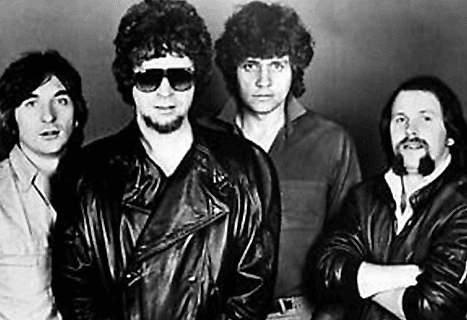
Composer
Electric Light Orchestra, or more popularly known as ELO, were formed in Birmingham England in 1970 when Jeff Lynne and Roy Wood, members of The Move, had the vision to start a new project that would create modern rock and pop songs with classical overtones.
Joined by fellow Move member Bev Bevan, their mission was clear – to pick up where the Beatles left off and carry the torch. And they did just that. Their first single “10538 Overture,” released in 1972, is an unabashed homage to the Beatles, a heavily orchestrated psychedelic gem that sounded like their musical answer to “I Am The Walrus.” Roy Wood left ELO later that year, leaving Lynne as the band’s sole creative force, and he took them to both creative and commercial heights.
Their fourth album Eldorado, A Symphony, a concept record about a daydreamer, yielded their first US top 10 single “Can’t Get It Out Of My Head” and became the band’s first gold album. The two albums that followed produced four top 20 hits – “Evil Woman,” “Strange Magic,” “Livin’ Thing” and “Telephone Line” – that are all still classic rock radio mainstays.
Their next album was their most ambitious yet, the multi-platinum selling double LP Out Of The Blue, that featured three more hit singles, including the ever popular “Mr. Blue Sky,” and a grandiose tour highlighted by the now famous spaceship stage complete with fog machines and laser displays that made ELO a must-see concert. All told, ELO has sold over 50 million records worldwide and between 1972 and 1986, Jeff Lynne wrote and produced twenty-six Top 40 hits in the UK and twenty in the US.
Their legacy is still growing and their success continues today, with Jeff Lynne’s ELO selling out huge shows around the world, and their timeless songs have become staples for music fans of all generations. John Lennon once famously referred to the band as “sons of the Beatles,” but more than 40 years later, it is clear that ELO have carved out their own unique place in rock history.


Choreographer
Matthew Neenan began his dance training at the Boston Ballet School, along with instruction from noted teachers Nan C. Keating and Jacqueline Cronsberg. He later attended LaGuardia High School of Performing Arts and the School of American Ballet in New York. From 1994 to 2007, Matthew danced with Philadelphia Ballet, where he performed numerous principal roles in the classical-contemporary and Balanchine repertoire. In 2007, he was named Philadelphia Ballet’s choreographer in residence.
Matthew’s choreography has been featured and performed by companies across the country, including Philadelphia Ballet (totaling 18 commissions), BalletX, the Washington Ballet, Ballet West, BalletMet, Colorado Ballet, Ballet Memphis, Milwaukee Ballet, Oregon Ballet Theatre, Tulsa Ballet, OKC Ballet, Juilliard Dance, New York City Ballet’s Choreographic Institute, and Opera Philadelphia, among others.
Matthew has received numerous awards and grants for his choreography, including the National Endowment for the Arts, Dance Advance (funded by the Pew Charitable Trusts), the Choo San Goh Foundation, the Independence Foundation, and, in 2006, he received New York City Ballet’s Choreographic Institute Fellowship Initiative Award. His ballets Carmina Burana, As It’s Going, and 11:11 were performed by Philadelphia Ballet at New York City Center in 2006 and 2007, and, in 2008, he received a fellowship from the Pennsylvania Council on the Arts—his fourth time doing so. In 2009, Matthew was the grand-prize winner of Sacramento Ballet’s Capital Choreography Competition as well as the first recipient of the Jerome Robbins NEW Program Fellowship for his work At the border for Philadelphia Ballet.
Matthew also co-founded BalletX with fellow dancer and former Philadelphia Ballet member Christine Cox. BalletX had its world premiere at the Philadelphia Live Arts Festival in September 2005 and is now the resident dance company of the Wilma Theatre and considered to be one of the nation’s preeminent contemporary ballet companies. BalletX has toured and performed Matthew’s choreography in New York City at the Joyce Theater, NY City Center, the Skirball Center, Symphony Space, and Central Park SummerStage, as well as at the Vail International Dance Festival, Jacob’s Pillow, the Cerritos Center, Laguna Dance Festival, Spring to Dance Festival in St. Louis, and internationally in Cali, Colombia and Seoul, Korea. From 2010 to 2016, Matthew was a trustee member for DanceUSA.

Principal Dancer
Jermel Johnson began his dance education at the Baltimore School for the Arts. His first four years were spent in their after-school program and his next three enrolled as a student in their rigorous and physically demanding dance department. Jermel then continued his training at the School of American Ballet (SAB), where he not only received a scholarship to attend their 2001 summer program but also spent an additional year studying under such renowned choreographers as Peter Martins, Peter Boal, Jock Soto, and Andrei Kramarevsky. During his student years, Jermel was often called upon to perform at both schools, including several productions with the Baltimore School for the Arts and in George Balanchine’s The Nutcracker® with SAB.
Jermel came to Philadelphia Ballet in September 2003 as a member of PBII. He was invited to join the company as an apprentice in 2004 and promoted to corps de ballet for the 2007/2008 season. In 2009, Jermel was promoted to soloist and then to principal dancer for the 2012/2013 season. As a principal dancer, Jermel has performed a variety of roles, including Robert Weiss’ Messiah, Christopher Wheeldon’s Swan Lake (Prince Siegfried), Jerome Robbins’ Afternoon of a Faun, and George Balanchine’s The Nutcracker® (Cavalier). His featured roles include such works as William Forsythe’s The Vertiginous Thrill of Exactitude, Matthew Neenan’s Keep, Jerome Robbins’ N.Y. Export: Opus Jazz (Statics), and Jiří Kylián’s Petite Mort.
During the 2007/2008 season, Jermel received audience and critical acclaim alike, not only for his standout performances at City Center in New York that November but also in Philadelphia later that spring while performing the world premiere of Matthew Neenan’s Pampeana No. 2. In October 2008, Jermel received a prestigious ballet fellowship from the Princess Grace Foundation – USA, which supported his salary for the season and will support his choreographic endeavors in the future.